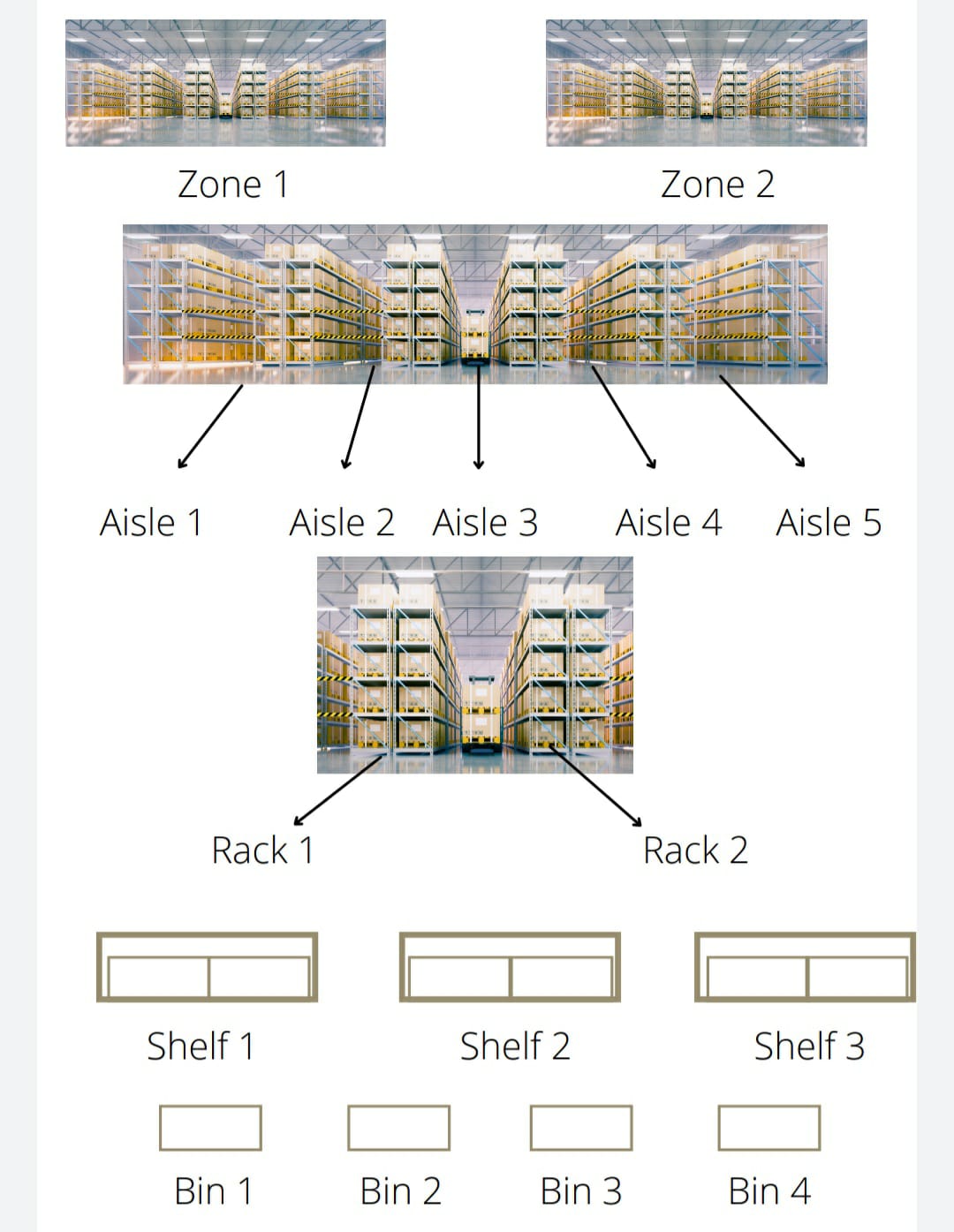Bin management is a crucial part of contemporary warehousing that adds to the profitability and reduces human errors. Through an effective pick path generated by warehouse management system, bin management helps in leveraging resources optimally.
One of the essential features of contemporary warehousing is effective bin management. Not only does it help in agile movement of goods within and without the warehouse, but it also serves the end goal of customer satisfaction through dexterous delivery of goods in a brilliant way. It is one of the foremost practices that rake in profit with its advanced features of allocation of locations and appropriate tracking.
Without a proper labeling of bins and locations, warehouse executives are compelled to run helter-skelter to trace an item. In this context, items are either stored arbitrarily or similar items are stashed together. This results in items getting misplaced and a complete wastage of operational time that could have been utilized in more constructive operations.
To understand how a distribution centre can be divided into proper segments and how locations can be properly labeled, one needs to understand the layout of a warehouse. Hence, we need to divide warehouses into 5 layers of spatial classification.
· Zone: The largest unit of warehouse layout is zone. Warehouses must be divided into zones where one group of items is separated from a second group of items in terms of their shelf life, packaging or complexity of operation.
· Aisle: The space between two rows within a particular zone. The breadth and width of an aisle is appropriated by the size of the items stored and the equipment needed to move them.
· Row/Rack: Rack or row refers to the vertical level of shelves where items are stored.
· Shelf: Particular layers of rows. The more number of shelves are present in a rack, the more items can be stocked.
· Bin: Bin is the smallest unit of warehouse layout. Shelves are divided into bins so that particular goods can be accurately located.
It must be kept in mind that all these layers of warehouse locations must be properly numbered so that the problems arising with obsolescence, misplacement, wastage of time can be resolved. To generate the pick path and to optimize it, warehouse executives must follow these numbers, also known as coordinates from the largest unit to the smallest unit.
For example, if a particular consignment is stored in location number 03-A-02-04-01, then the workers would immediately get to know that the product is in the first bin of the 4th shelf, in the rack no. 2 of aisle A of zone no. 3. These coordinates are unique numbers, which help in tracing the location so faithfully that the chances of errors are drastically mitigated and also swift movements are ensured. Instead of running up and down the length and breadth of the warehouse, executives just follow the order of directions and accomplish their tasks. In this way, erroneous shipments are kept under check and proper data pertaining to goods kept can be maintained.
Use of Optimized Bin Location
An optimized bin labeling can help in the movement of products right from receiving and put-away to picking and packing. Let us throw some light on the process in which the bin locations can be used to its hilt.
· Receiving and Put-away: After having generated the purchase order and receipt of consignment, goods are properly stored in stipulated bins. Once it is done, the inventory management system needs to be updated with the details and the quantity of the consignment.
· Picking and Packing: Once the warehouses receive sales orders, a proper pick path needs to be generated so that task interleaving can also take place in tandem. Workers follow the pick path and optimize their action and pick items Once the items are picked from different zones, the inventory management system is updated gain in order to keep the data clean.
Benefits of Bin Management
· Generating pick path: Since items are organized systematically and locations are tagged relevantly, generating a proper pick path becomes easier. Since, the workers know the route that they need to cover they can follow task interleaving methods and optimize their movement.
· Less Scopes of Errors: It has been stated earlier also that the cornerstone of bin management lies in reducing man-made errors. Once the goods are correctly located, the chances of misplacement, expedition and faulty shipments are kept under control and consumer satisfaction is emphasized.
· Space Utility: The large space of warehouse can be complex enough to get confounded. If items are stored arbitrarily, it is bound to create confusion. With proper management of the space, locations can be earmarked for specific products by their sales velocity and size. Thus fast-moving popular items are stocked in the lower shelves near the warehouse doors and slow-moving, bigger items are put in the higher layers. This practice saves a lot of time and effort.
This discussion on bin management tries to make a point on the efficacy of location tagging for clean movement of products that ultimately gives impetus to the profitability of operations. Once yoked with an efficient warehouse management system, this feature of inventory control can yield wonderful results for all the parties concerned. It is never too late to streamline warehouse operations through WMS. Thus, make WMS your powerful tool to reconcile with the modern trailblazing trends and become a key player in the business.

